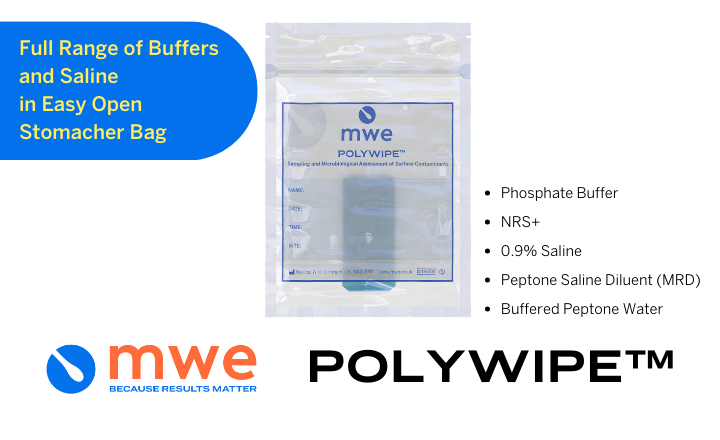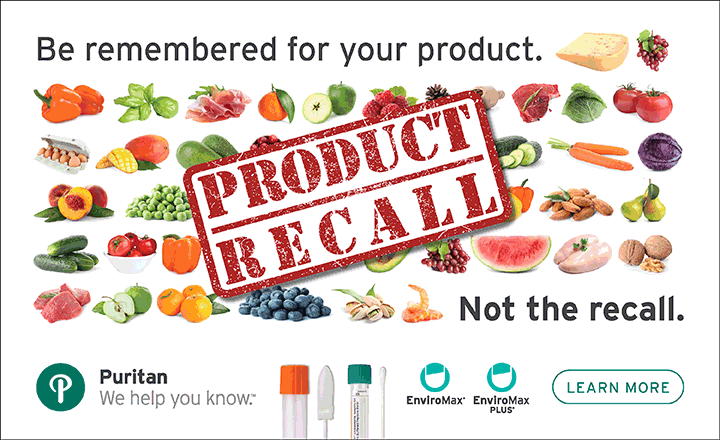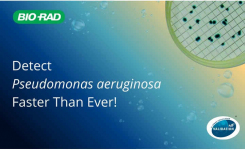- Surface anchoring quaternary ammonium salts (SAQAS, e.g., 3-(trimethoxysilyl)-propyldimethyloctadecyl ammonium chloride) are organosilicon quaternary ammonium compounds used as surface sanitizers; manufacturers claim that it covalently attaches to the surface and polymerizes to form a durable coating that electrostatically attracts microorganisms, killing them by rupturing the cell envelope.
- High-touch surface contamination remains a known vector for pathogen transmission in healthcare, manufacturing, and food processing environments.
- Many “residual” or “continuous” surface biocide products make durability claims (e.g., protection for 30 days), but real-world testing under routine cleaning and traffic conditions is limited.
- For facility hygiene managers, sanitation/verification specialists, and regulatory auditors, understanding the practical performance of such technologies is critical—especially where additional cost or regulatory approval is involved.
- This work highlights the necessity of independent, field-based validation of biocide durability claims, informing decisions about integrating such products into sanitation protocols or HACCP frameworks.
Key Findings: The study divided a BSL-2 microbiology laboratory into multiple zones (benches, floors, glass, handles) and monitored microbial burdens before product application to establish background levels, then for 30 days after SAQAS application. To ensure consistent product application, SAQAS was applied to each surface to wet the sample areas thoroughly, allowed to dry, and repeated two more times.
- For bench surfaces: over 80% of samples remained below the “acceptable” threshold of 2.5 CFU/cm², both before and after the biocide application; no meaningful reduction in CFU recovery post-application was observed.
- Incubator handles (infrequently cleaned): the proportion of samples exceeding the 2.5 CFU/cm² threshold was LOWER after biocide application (24 vs 12%).
- Floors and glass surfaces (frequently cleaned): the proportion of samples exceeding the 2.5 CFU/cm² threshold was HIGHER after biocide application (floors: 4.8 vs 12.7%; glass: 37% vs 73%) than before use of the product.
- SAQAS-treated areas attracted more dust than untreated areas, which may explain the higher microbial burdens, as dust particles provide a surface for microbes to adhere.
- Statistical modelling confirmed no significant antimicrobial effect of SAQAS at either 5 days or 30 days post-treatment under the routine cleaning conditions of the laboratory.
- Additional tests showed that wiping surfaces (glass slides) with ethanol or water removed the biocide effect: residual activity was lost with mechanical cleaning, implying that real-world wear and cleaning degrade the product’s claimed durability.
Bigger Picture: This study provides a cautionary note for facility sanitation and hygiene teams: durability claims of spray-on biocides should not be accepted uncritically. For HACCP or sanitation programs, the implications include:
- Recognize that routine mechanical cleaning, abrasion, traffic, cleaning agents, and surface touches can rapidly degrade residual activity - so a “once-applied, 30-day” model may not hold, requiring site-specific validation under actual cleaning regimes.
- Treatment of high-touch surfaces, floors, and glass should consider mechanical action, frequent reapplication, or alternative approaches rather than relying solely on single-application “coat and forget” biocide strategies.
Reference:
- Saseendran Nair et al. (2025). Real-world testing of the durability claims of a commercially available spray-on surface biocide. Applied and Environmental Microbiology. Vol. 91, Issue 10: e0080325.
(Image Credit: iStock/gorodenkoff)
























